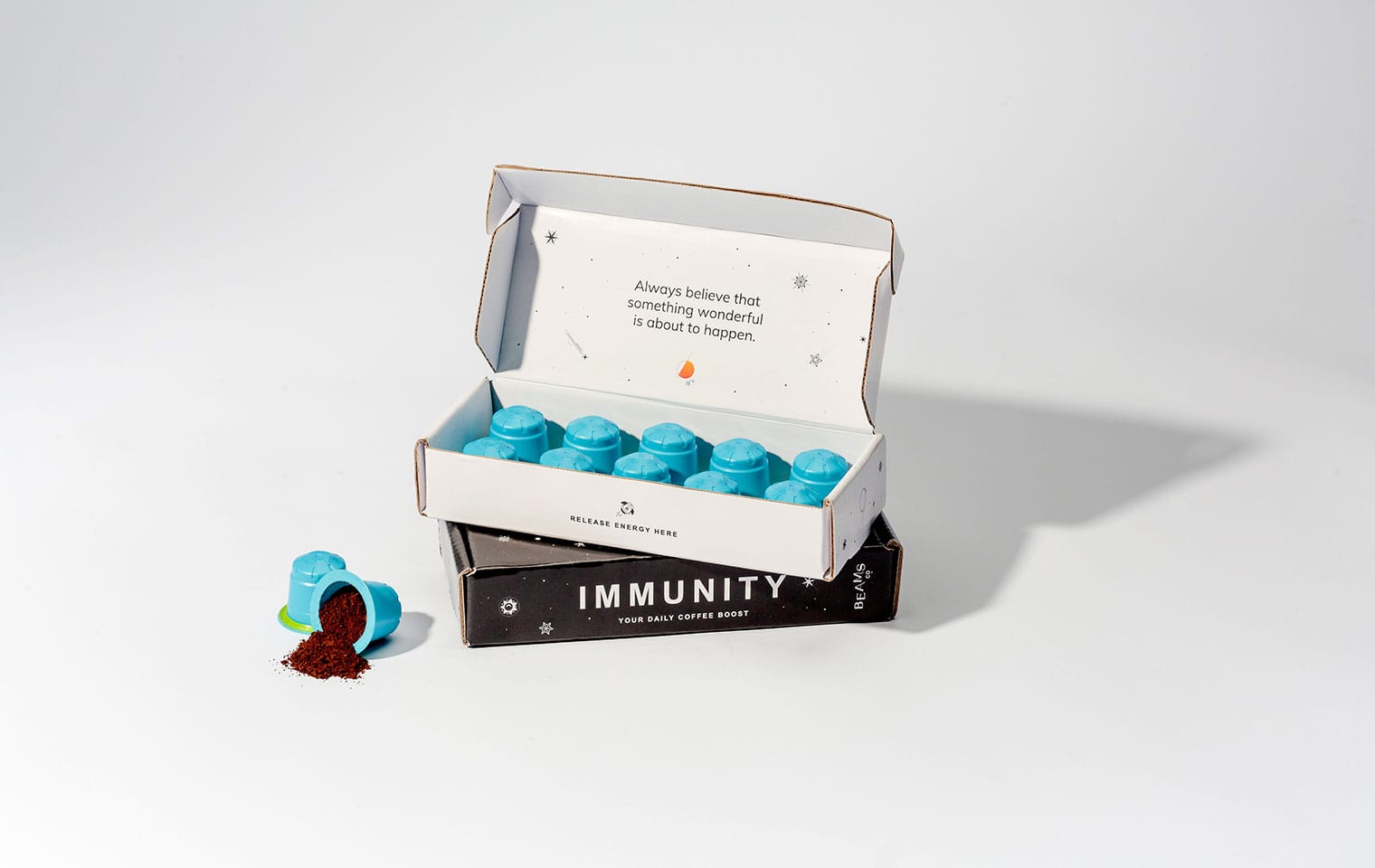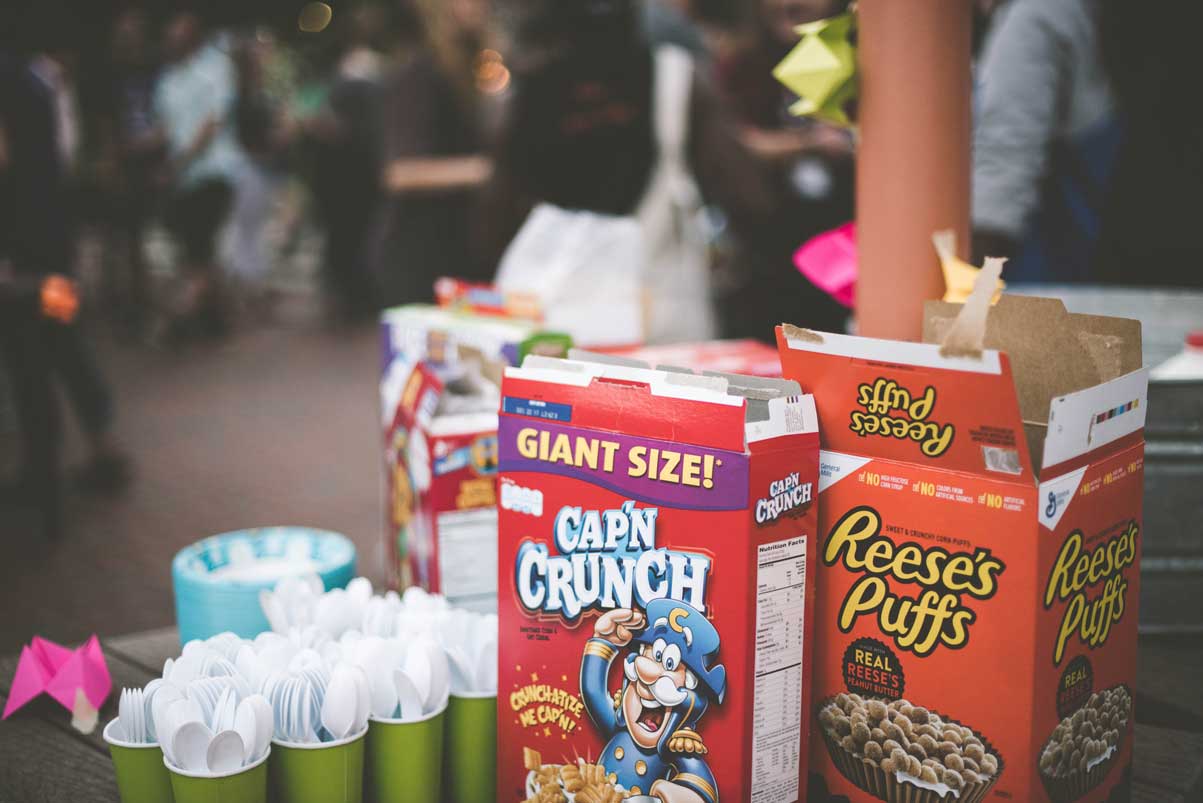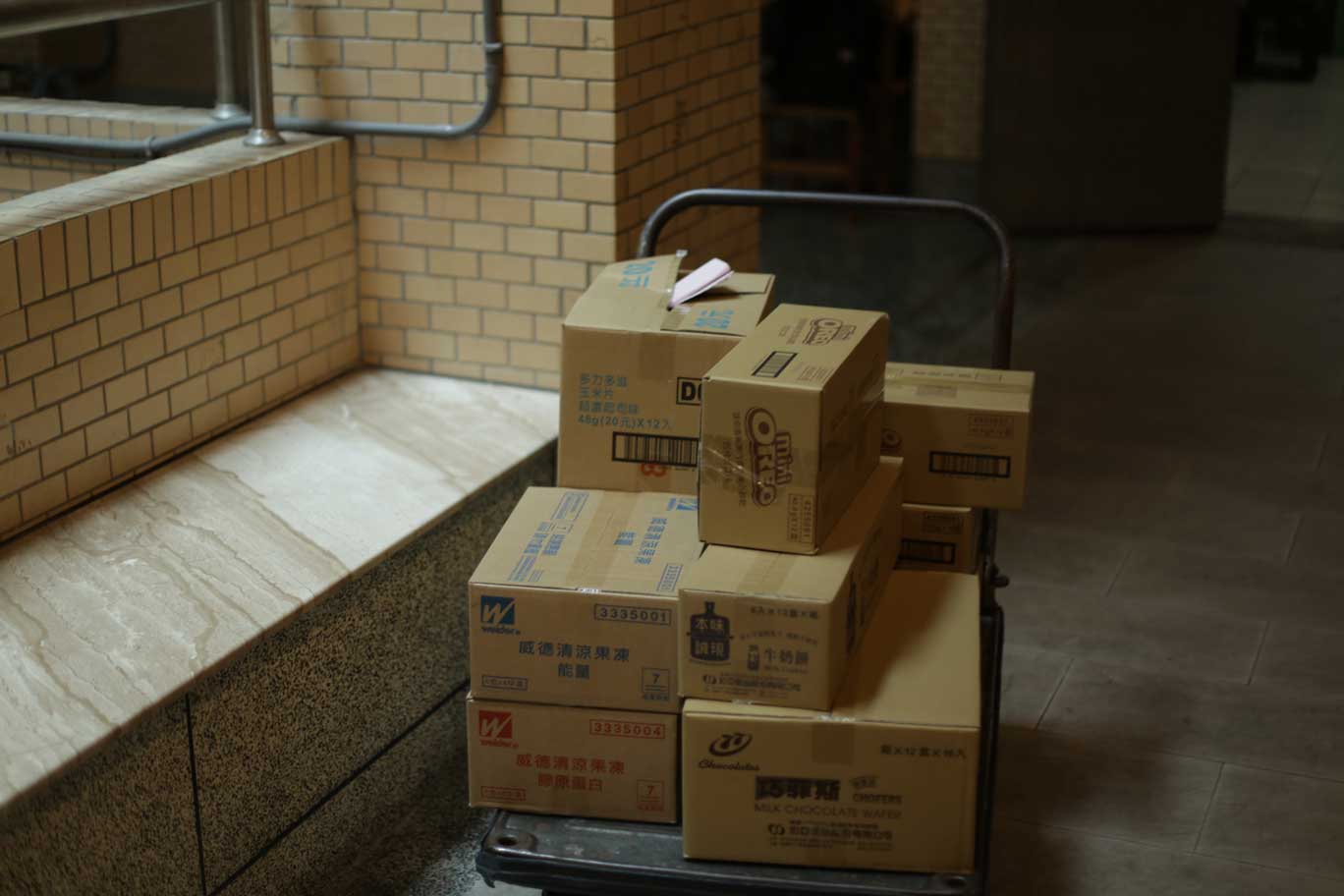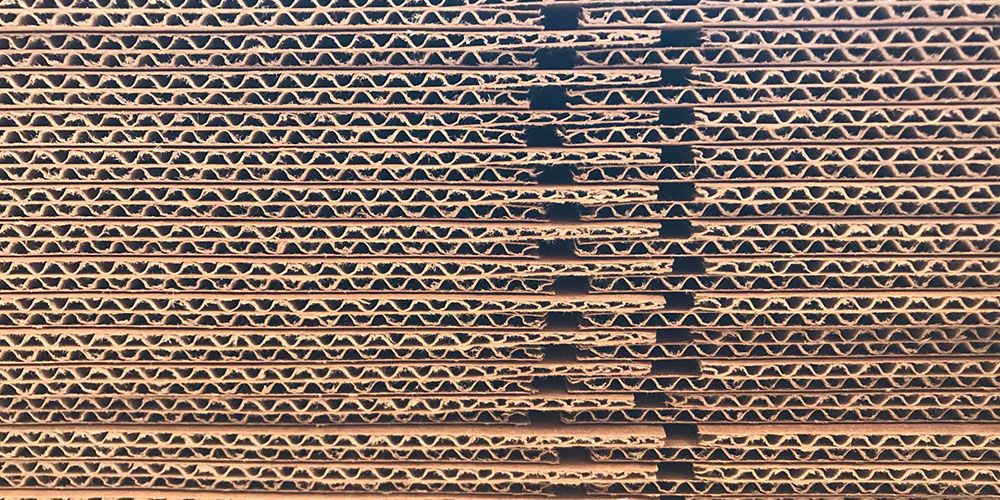We live in a world where we can buy products from the comfort of our own homes. Whether we're ordering next month's subscription box or ordering tonight's dinner, everything needs to be packaged and delivered in a way where our products or food arrives safe and sound.
Because of the rise in eCommerce, leading to the increased use of shipping cartons or cardboard boxes for delivery, we as consumers are often left with a ton of cardboard at home.
The good news is that unlike other packaging materials that may contain plastic laminates, cardboard or paper boxes can be recycled. There are two types of boxes we'll focus on:
- Paper based boxes - such as folding carton boxes
- Corrugated boxes - such as mailer boxes
Corrugated cardboard is thick and has an extra layer of wavy fiber in between the sheets, and are mainly used for shipping packages or used as moving boxes.

Paperboard is thin cardboard because the fibers have become too short to create strong corrugated cardboard through the recycling process. They are mainly used for cereal boxes, beverage packaging, bakery boxes, or as lightweight product boxes.

How is Cardboard Recycled? ♻️
Step 1: Sorting and Shredding
Once cardboard boxes enter the recycling facility, the material needs to be separated from the other paper products and sorted by the type of board since not all types of cardboard are created using the same process. Once separated and sorted, the cardboard will be shredded to be better recycled later in the process.
Step 2: Pulping
The shredded material will then be mixed in with water to break down and soften the fibers of the cardboard so it can be used to create new cardboard materials. This process is known as pulping.
Step 3: Filtering
After pulping the cardboard material is complete, it is then filtered to separate the leftover waste, such as ink, tape, or staples, left on the cardboard boxes so the paper fibers can properly bond together. This will protect the integrity of the new cardboard products created in the end.
Step 4: Add More Water
When it is time for manufacturing, the filtered pulp will be mixed in with more water, pressed, and stirred to obtain the right consistency for the type of cardboard that is being created. Each cardboard material requires a different regimen so the length of the process and chemicals added, if any, will vary.
Step 5: Roll and Dry
Upon completion of the mixing process, the pulp will be treated through a rolling and drying process, creating large sheets of brown paper that can be used to create new paper and cardboard products.
Now that you have an overview of this process, here are a few simple tips that you can follow to help with the recycling process.
Tip #1: Flatten all of your cardboard boxes

Cardboard boxes take up a lot of space, therefore it’s important to flatten them before you recycle them. Before flattening them, make sure there are no other packaging materials, such as plastic, inside or outside the box because this will prevent the cardboard materials from being recycled properly and will be put together with the garbage as a result. If there is any packing tape or labels on the box, you can either remove them or leave them as most recycling centers will take care of it for you!
Tip #2: Make sure your cardboard boxes are clean and dry

It’s important to keep your cardboard boxes clean and dry before you recycle them because contaminated or wet items will affect the integrity of the recycled material and most recycling centers will just throw them away since saturated cardboard is difficult to recycle.
To prevent this from happening, separate your 'oily/wet' boxes from the dry ones. So after a night of ordering pizza, make sure to cut off those greasy areas on your pizza box and keep them in a separate pile from the dry cardboard/paper!
When storing cardboard or paper boxes for recycling, it's also important to keep your cardboard dry before recycling day, so make sure you store them away from open windows in case it rains or where there are no leaks.
--
Looking for sustainable packaging solutions? We provide paper and cardboard based packaging solutions for brands of all sizes. Check out our packaging products here and learn more about our sustainability initiatives here.
